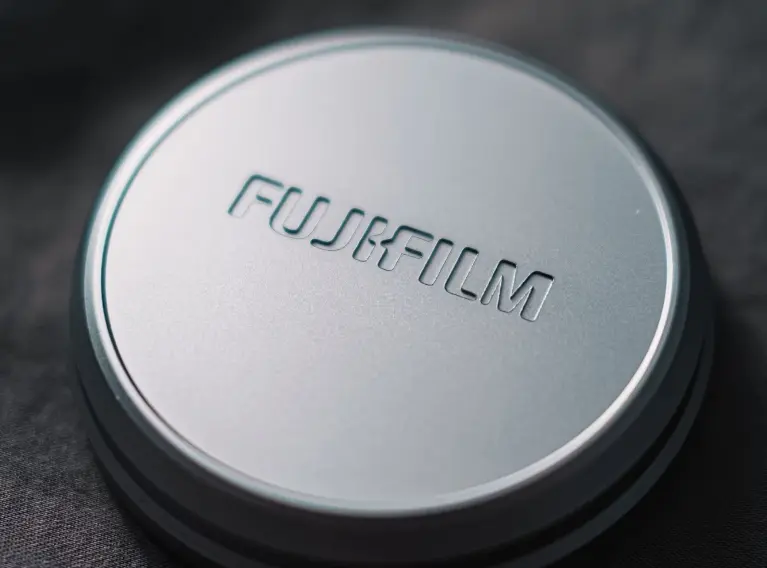
How to Get a ANSI C18.3M test Report?
A button battery is a single cell battery used to power devices such as watches, computer clocks, hearing aids, and other small devices. Button batteries, also known as "coin cells," resemble a button, with a diameter ranging from 5 to 25 millimeters and a height from 1 to 6 millimeters. The bottom body (i.e., the positive terminal) is typically made of stainless steel. The metal top cover, insulated from the bottom, forms the negative terminal. Button batteries provide voltages ranging from 1 to 5 volts and come in various types, including alkaline, silver, zinc-air, and lithium batteries.

Amazon US Button Battery and Coin Cell Policy
Amazon requires that all button and coin cells undergo testing and comply with the following regulations, standards, and requirements:
- Product regulations, standards, and requirements for button and coin batteries include the following two:
1. 16 CFR Part 1700.15 (Poison Prevention Packaging Standard); and
2. 16 CFR Part 1700.20 (Special Packaging Testing Procedure).
Or one of the following:
- ANSI C18.3M (Safety Standard for Portable Primary Lithium Cells and Batteries).
The 16 CFR 1700.15 and 16 CFR 1700.20 standards focus on packaging assessments, while the ANSI C18.3M standard focuses on battery assessments. All three standards need to be met together to be considered a complete set of requirements. Different battery models require separate testing; they cannot be tested as one series.
1. The product must comply with 16 CFR Part 1700.15 (Poison Prevention Packaging Standard) and 16 CFR Part 1700.20 (Special Packaging Testing Procedure).
2. The product must also comply with ANSI C18.3M (Safety Standard for Portable Primary Lithium Cells and Batteries).
Required Information
You must be aware of the following information. We may ask for it at any time, so it's recommended that you have this information readily available for submission.
- Your company name (if applicable) and seller ID.
- Your contact information: email address and phone number.
- A list of all button and coin batteries you have listed on Amazon.
- The product name or model number displayed on the detail page for the button or coin battery.
- Product descriptions, manuals, and safety instructions for the button and coin batteries.
- Images of the product labels, safety information, compliance markings, hazard warnings, and packaging on all sides of the product.
- Test reports from an ISO 17025 accredited laboratory (e.g., China JJR Laboratory) proving compliance with the above regulations, standards, and requirements.
- The test report must include images of the tested product to demonstrate it matches the product details listed on the page.
- General certificate of conformity (if applicable).
- Images demonstrating compliance with the following requirements:
- Poison prevention packaging (16 CFR Part 1700.15).
- Safety labeling requirements (Public Law 117-171).
Scope/Overview of ANSI C18.3M
Section 2 of ANSI C18.3M-2021 outlines testing and requirements for primary cells and batteries (including lithium-fluoride, lithium-manganese dioxide, and lithium-iron disulfide batteries) to ensure their safe operation under normal use and reasonably foreseeable misuse conditions.
ANSI C18.2M Part 1-2019 defines standard performance testing and provides guidance to consumers, manufacturers, designers, and other end-users to ensure the electrical and physical interchangeability of rechargeable batteries from different manufacturers.
ANSI C18.2M Part 1-2019 applies to portable rechargeable or secondary batteries and battery packs based on nickel-cadmium, nickel-metal hydride, and lithium-ion (including lithium polymer) electrochemical systems. It covers battery size, terminals, standard charging methods, polarity, and testing conditions and procedures.
Part 2 of ANSI C18.2M-2021 focuses on safety, offering guidelines for standardized portable lithium-ion, nickel-cadmium, and nickel-metal hydride rechargeable batteries and battery packs to ensure safe operation during normal use and foreseeable misuse conditions. It also includes information on preventing hazards.
For each of these battery types, ANSI C18.2M Pt 2-2021 specifies tests for altitude, thermal shock, vibration, mechanical shock, external short circuit, forced discharge, overcharging, free fall, impact, crush, thermal abuse, and mold stress. It also sets acceptance criteria for venting, rupture, and other considerations.
Button Battery ANSI C18.3M (or 16 CFR Part 1700.15 & 1700.20) Process:
1. Fill out the application form.
2. Provide product samples.
3. Arrange testing.
4. Draft results upon successful testing.
5. Confirm official results.
6. Results will be issued within 14 working days after receiving the product.
Button Battery ANSI C18.3M (or 16 CFR Part 1700.15 & 1700.20) Testing Fees:
The cost quoted by China JJR Laboratory is $690 USD. Please feel free to inquire for more details.
Email:hello@jjrlab.com
Write your message here and send it to us
 Toothbrush FDA Certification Testing
Toothbrush FDA Certification Testing
 Snoring Device FDA 510k Standard Testing
Snoring Device FDA 510k Standard Testing
 Single Use Intravenous Catheter Certification Test
Single Use Intravenous Catheter Certification Test
 Silicone Material Product Compliance Certification
Silicone Material Product Compliance Certification
 What to Do If Cytotoxicity Test Results Are Positi
What to Do If Cytotoxicity Test Results Are Positi
 ISO 10993:5 Cytotoxicity Testing Methods
ISO 10993:5 Cytotoxicity Testing Methods
 FDA ISO 10993-1 Biocompatibility Evaluation Guidel
FDA ISO 10993-1 Biocompatibility Evaluation Guidel
 In Vitro Cytotoxicity Testing for Medical Devices
In Vitro Cytotoxicity Testing for Medical Devices
Leave us a message
24-hour online customer service at any time to respond, so that you worry!




